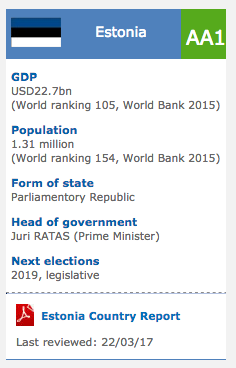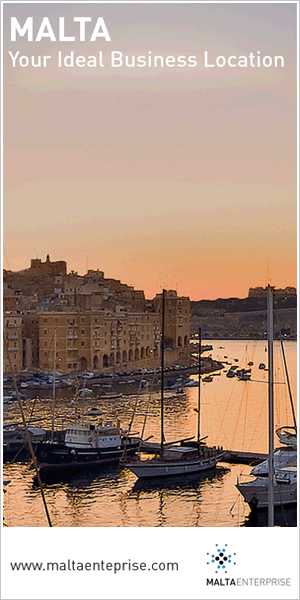Italy: Italy Art / Culture Profile
2010/11/22
Italy Art / Culture Profile
For years , Italy has been noted for its art and music. As the seat of the papacy, Italy was the majority significant in church architecture and decoration in the Middle Ages. Amount the Renaissance, beginning in the late 13th century, Florence offered such architects, sculptors, and painters as Giotto, Brunelleschi, Ghiberti, Donatello, the Della Robbias, Fra Angelico, the Lippis, and Botticelli. In Venice in the 15th century were the architect-painter Alberti and the Bellini family of painters. Mantegna was chief master of the Paduan school of art.
Leonardo da Vinci, painter, sculptor, and engineer, worked in Florence and Milan until 1500, later in other cities, including Rome. The popes commissioned much of the great art produced in the 16th century (the High Renaissance). At work in Rome were Bramante, architect and painter; Cellini, sculptor; Raphael, painter; and Michelangelo, painter, sculptor, and architect. Venetian masters of the period included Titian, Tintoretto, and Veronese.
The Renaissance came to an end in the late 16th century. Leading artists of the Baroque Period that followed were the painter Michelangelo da Caravaggio and the sculptorarchitect Bernini.
Italy has some of the finest art collections in the world, inclunding outstanding examples of church and palace architecture. For data on these, see the articles on major Italian cities.
Music in Italy reached a high point of development by the end of the Renaissance. Composers of the Baroque Period included Palestrina, Monteverdi, Frescobaldi, Corelli, Vivaldi, and the Scarlattis. Opera, developed in Florence in the late 16th century, became the favorite musical form of Italy. Verdi and Puccini were leaders of its most creative period, the late 19th and early 20th centuries. The violinist Paganini, tenor Caruso, and conductor Toscanini were each considered the greatest of his era in his field.
Italian literature during the Renaissance is represented by Dante Alighieri, Petrarch, and Boccaccio. After a period of decline, it began to revive in the Napoleonic era. Authors such as Gabriele D'Annunzio and Luigi Pirandello (Nobel Prize, 1934) won world renown in the 20th century. Benedetto Croce was recognized as a critic and philosopher. In mid-century Ignazio Silone, Alberto Moravia, and Salvatore Quasimodo (Nobel Prize, 1959) were prominent.
Italy has produced incredible scientists, including Galileo of the greatest of amount time. Luigi Galvani, Alessandro Volta, and Guglielmo Marconi made significant discoveries in the field of electricity; Amedeo Avogadro, in molecular structure; and Enrico Fermi, in atomic research.
- Italy News
-
- AFGHANISTAN: UNWTO: International tourism – strongest half-year results since 2010
- ALBANIA: US LNG exports make European market more competitive
- ITALY: Italy Current Account Surplus Grows In June
- ITALY: Italy to send new ambassador to Egypt year after recalling ex-envoy
- ITALY: Italy seizes NGO rescue boat for allegedly aiding illegal migration
- FRANCE: France and Italy quarrel over shipyard and Libya
- Trending Articles
-
- SOUTH AFRICA: Nigeria and South Africa emerge from recession
- BAHRAIN: Bahrain issues new rules to encourage fintech growth
- NIGERIA: Nigeria has been one of the hardest-hit economies due to its over-dependence on oil
- ARUBA: Director of Tourism Turks and Caicos after Irma: Tourism, visitors, hotels current status
- ANGOLA: Angola: Elections / 2017 - Provisional Data Point Out Qualified Majority for MPLA
- WORLD: How fair is our food? Big companies take reins on sourcing schemes












